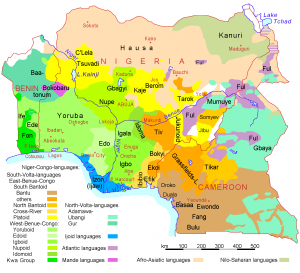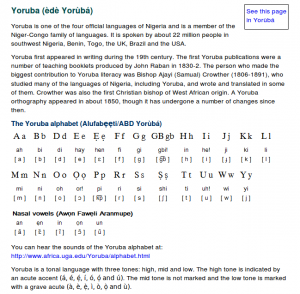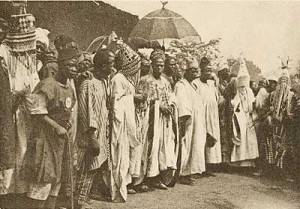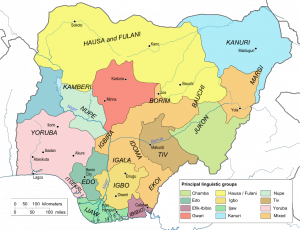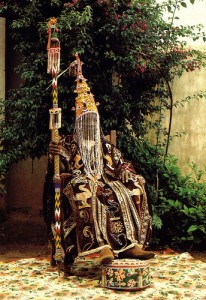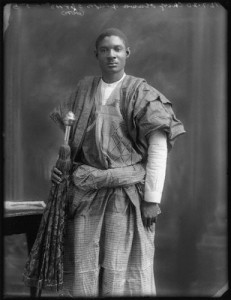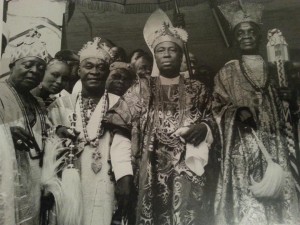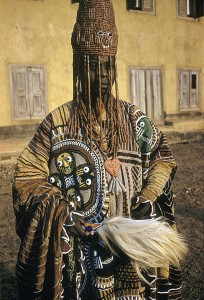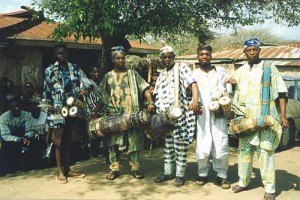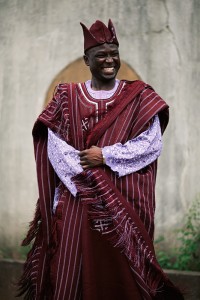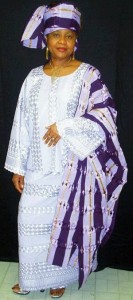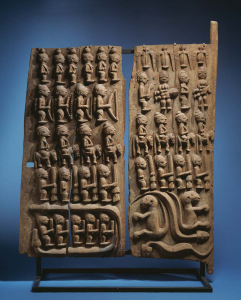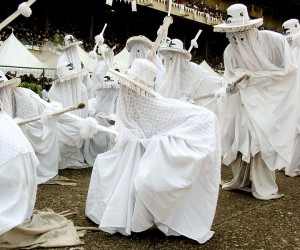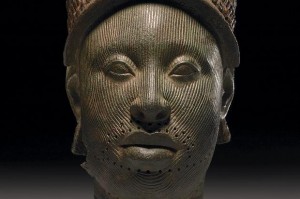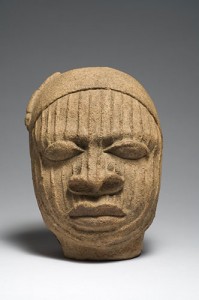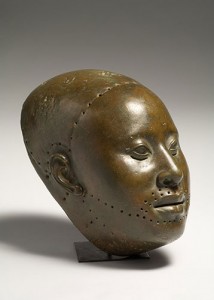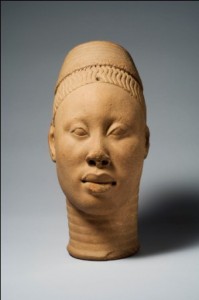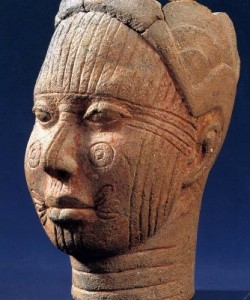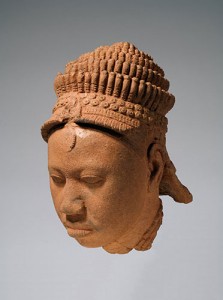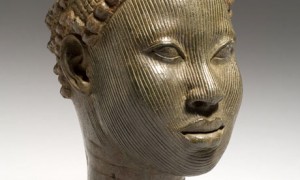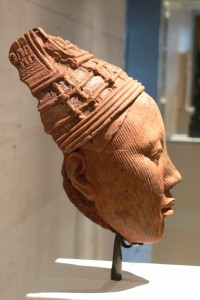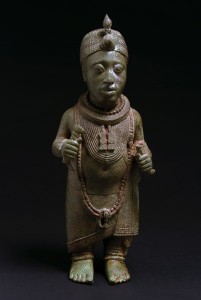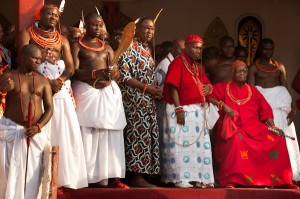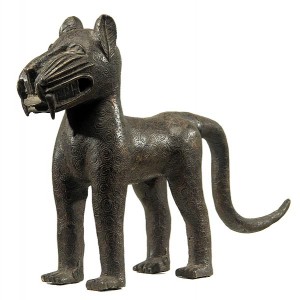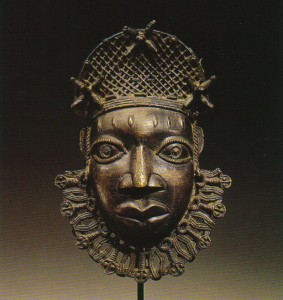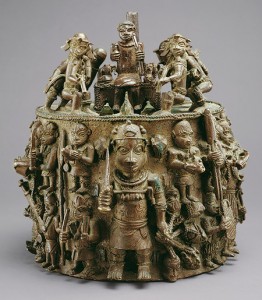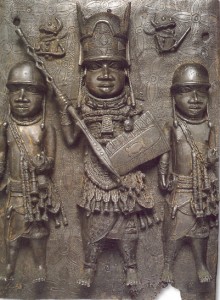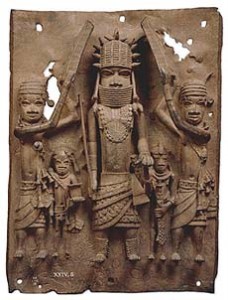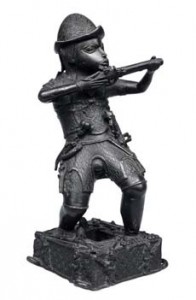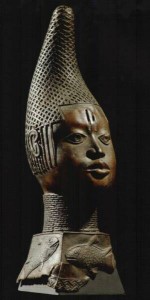Who Are The Yoruba People?
The Yoruba people (Yoruba: Àwọ̀n ọ́mọ́ Yorùbá) are an ethnic group of southwestern Nigeria and southern Benin in West Africa. The Yoruba constitute over 35 million people in total, the majority of this population is from Nigeria and make up 21% of its population, according to the CIA World Factbook,making them one of the largest ethnic groups in Africa. The majority of the Yoruba speak the Yoruba language which is a tonal Niger-Congo language.
The Yoruba share borders with the Borgu in Benin; the Nupe and Ebira in central Nigeria; and the Edo, the Ẹsan, and the Afemai in mid-western Nigeria. The Igala and other related groups are found in the northeast, and the Egun, Fon, and others in the southeast Benin. The Itsekiri who live in the north-west Niger delta are related to the Yoruba but maintain a distinct cultural identity. Significant Yoruba population in West Africa can be found in Togo, Sierra Leone (where they have blended in with the Saro and Sierra Leone Creole people), and Ghana.


